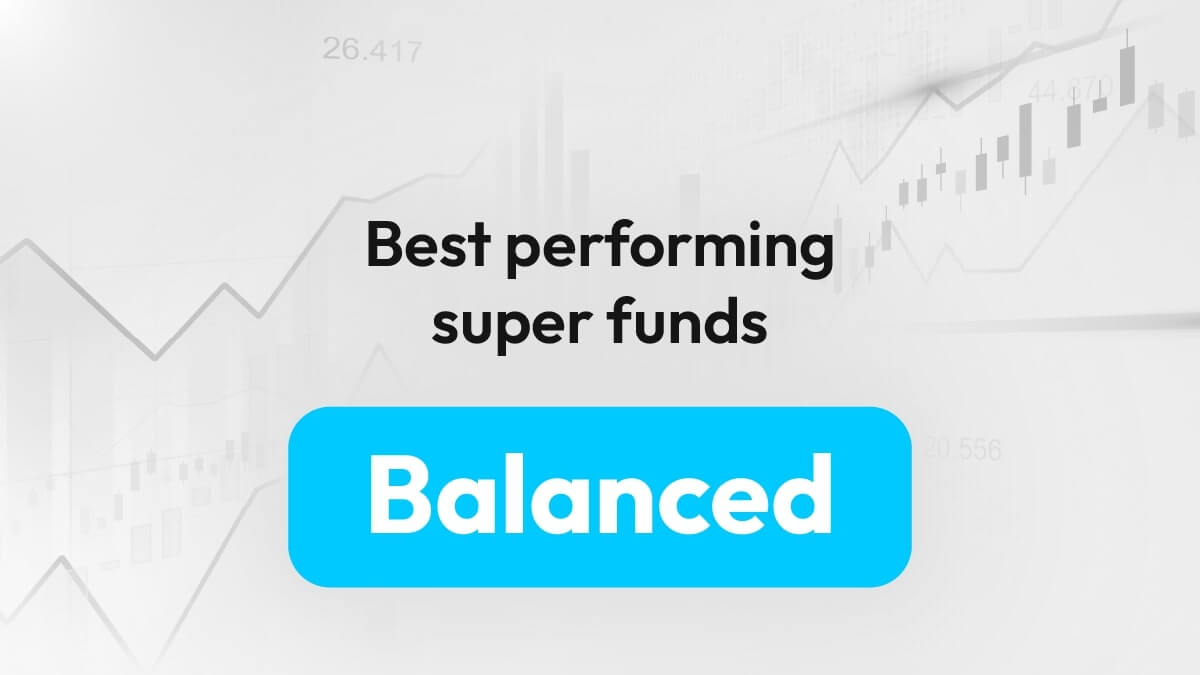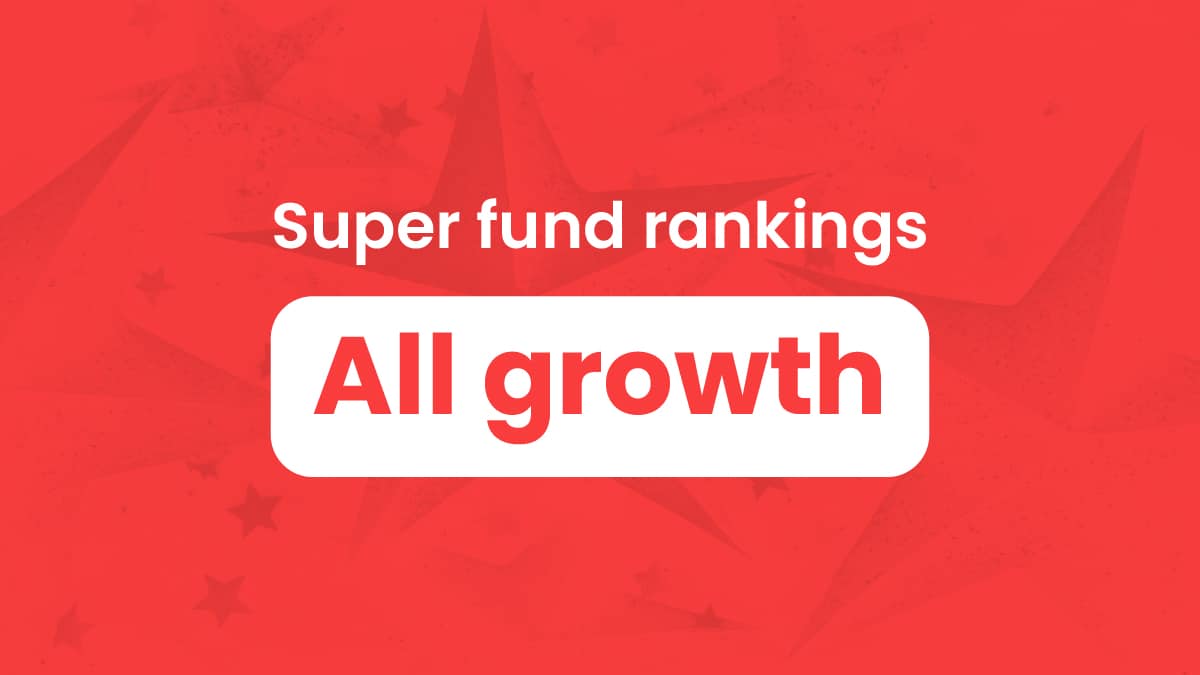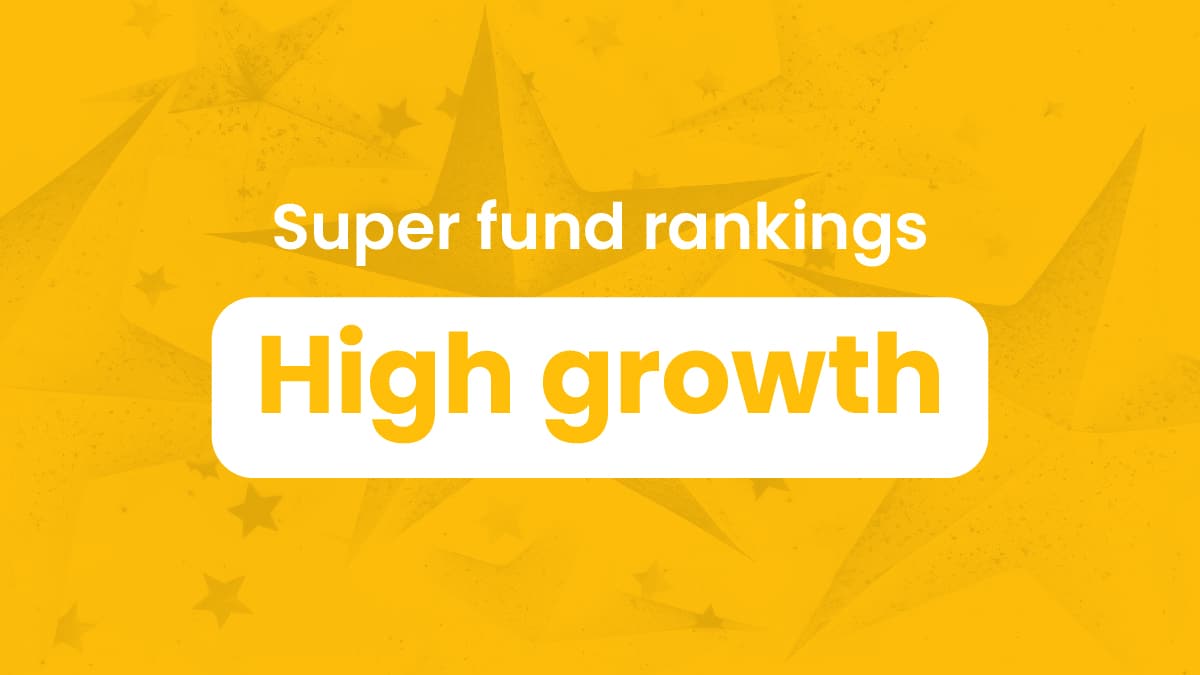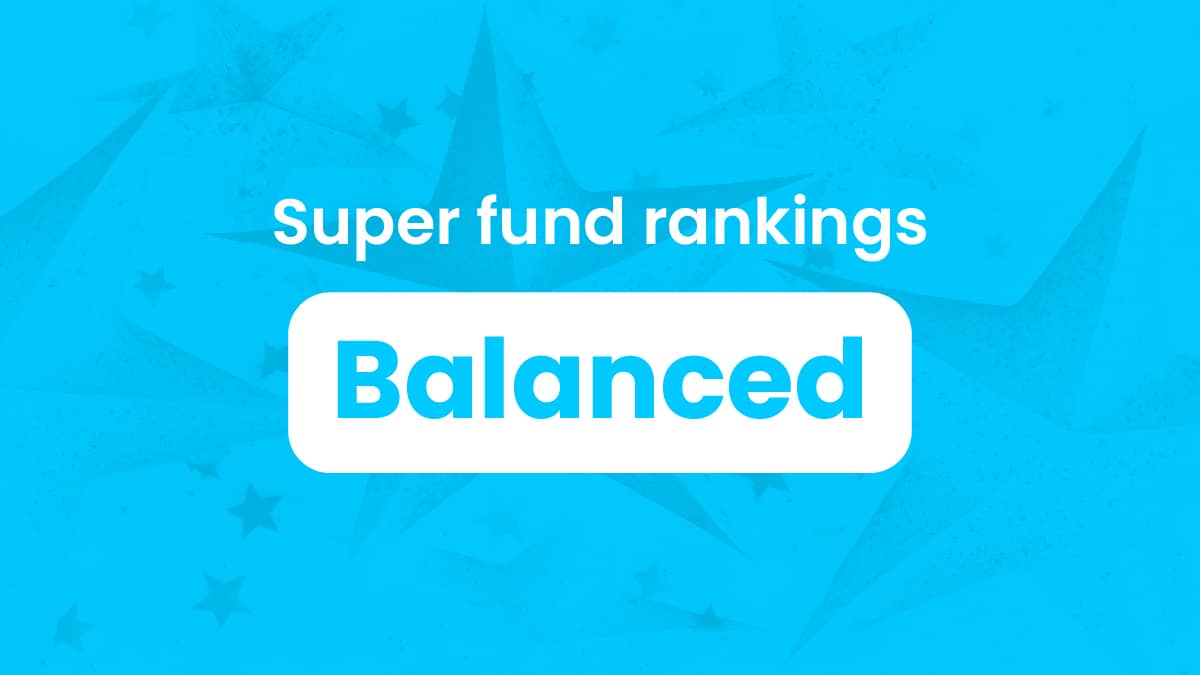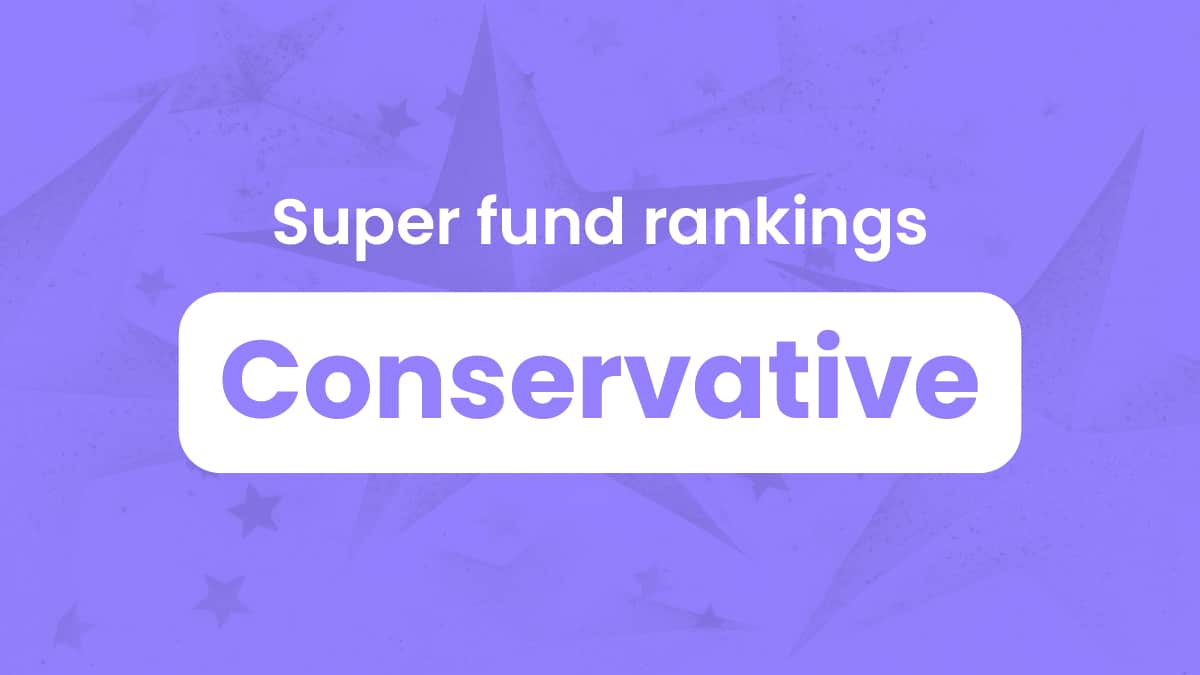Best performing super funds
Being in a consistently high performing super fund is one of the key factors in growing your super balance over time. Members of consistently poor performers are at risk of having substantially lower super balances at retirement.
The Productivity Commission review of superannuation produced an example of a 21-year-old on a $50,000 starting salary. If they joined a super fund that is consistently in the top quarter of funds rated by performance, they could expect to retire at 67 with a super balance of $1.1 million. If instead they joined one of the super funds that is consistently in the bottom quarter of funds, they would retire with $610,000, which is 45% ($502,000) less.
Returns are not the only measure of a good fund – fees, insurance offerings, member services and investment choice are also important. However, if your fund has a long track record of underperformance it could be time to switch to a product with a history of superior returns.
Important: When the media publish super performance tables, they usually only compare investment options in one risk category – typically ‘balanced’ or ‘growth’, with 60–80% invested in growth assets, and often only for the last 12 months.
SuperGuide goes further, publishing performance tables for super funds for 1 year and 10 years and for 5 risk categories (All Growth (96-100% growth assets), High Growth (81-95% growth assets), Growth (61-80% growth assets), Balanced (41-60% growth assets) and Conservative (21-40% growth assets)).
This make it easy to discover which funds are consistent top performers when compared with others in the same risk profile.
Top 10 performing super funds (Balanced)
The table below shows the top 10 Balanced super options (60-76% growth assets) ranked by 10 year return (up to 30 June 2025). Most of these are the default investment options for each super fund.
| Super fund | Investment option | Default option? | 10 yr return (% per yr) |
|---|---|---|---|
| Hostplus | Balanced | Yes | 8.3% |
| Australian Retirement Trust | Super Savings – Balanced | No* | 8.2% |
| AustralianSuper | Balanced | Yes | 7.9% |
| UniSuper | Balanced | Yes | 7.9% |
| Hostplus | Indexed Balanced | No | 7.8% |
| Cbus | Growth | Yes | 7.7% |
| Vision Super | Balanced Growth | Yes | 7.7% |
| HESTA | Balanced Growth | Yes | 7.6% |
| Aware Super | Future Saver – Balanced | No* | 7.6% |
| Equip Super | Balanced Growth | Yes | 7.4% |
Source: SuperRatings
Note: Returns are net of investment fees, tax and implicit asset-based administration fees. Fees are based on a $50,000 balance as at 30 June 2025. Fees include percentage-based administration fees, member fees, investment management fees (including performance-based fees), indirect cost ratios (ICRs) and taxes, but exclude any applicable employer size rebates.
*Australian Retirement Trust and Aware Super use lifecycle options as their default.




